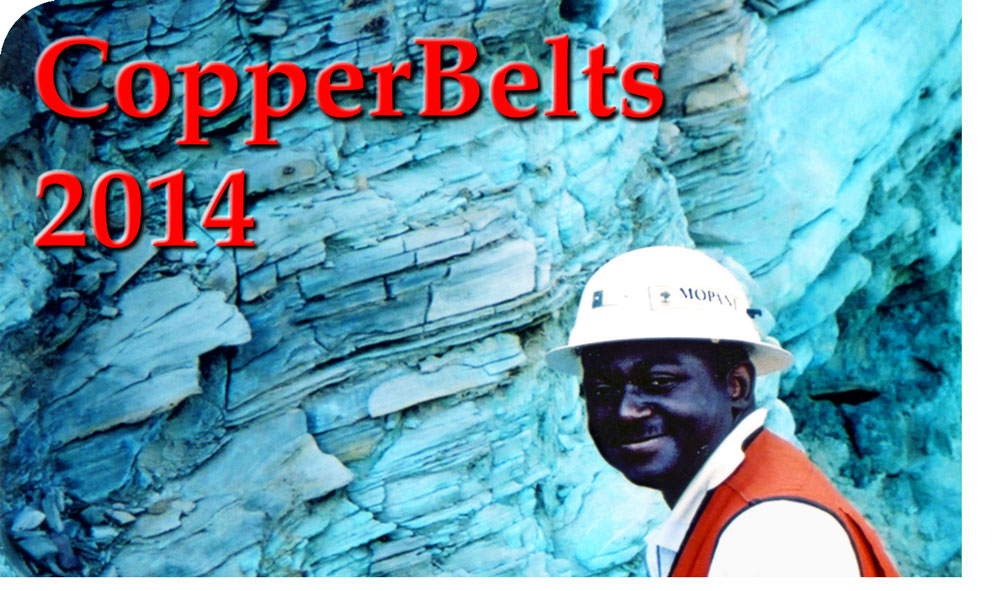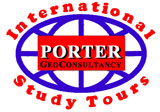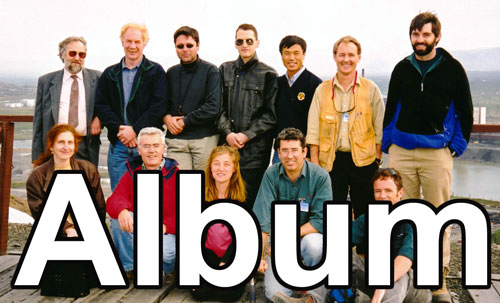| |||||||||||
|
CopperBelts 2014 Sediment Hosted Copper in Africa and Europe 1 to 20 May, 2014 | |||||||||||
|
| |||||||||||

Porter GeoConsultancy continued its International Study Tour series of professional development courses during May 2014 by visiting a representative selection of the different styles, and the most important examples, of sediment hosted deposits of the great copperbelts of Southern and Central Africa, and Europe in Botswana, Zambia, Democratic Republic of Congo and Poland. The mine and project visits were complemented by field & classroom workshops presented by experts from academia, government geological surveys and industry. This professional development course was available to all geologists, world wide, who were able to take any 3 or more consecutive days, up to the full tour, as suited their availability, budgets and interest. The tour commenced when the group assembled in Johannesburg on the evening of Wednesday 30 April and proceeded to Botswana (1 to 3 May), Zambia (4 to 10 May), the DRC (11 to 17 May) and Poland (18 to 20 May), including travelling. It ended in Wroclaw, Poland on the evening of Tuesday 20 May, 2014.
Deposits on the itinerary included: Mufulira, Nkana-Mindola and Nchanga - Konkola in Zambia, Visits included presentations on the tectonic, structural, geological and metallogenic setting of the deposit, from a regional to mine scale, and details of the geology, structure, alteration and mineralisation within the deposit. This was followed by inspection of the host sequence and ore within the mine, and in most cases a study of core from representative drill holes through the deposit and enclosing sequence. Transport on tour varied from commercial airline, air charter, bus charter to hired 4WD vehicles, as was appropriate to the location and optimisation to minimise travel times.
| |||||||||||












